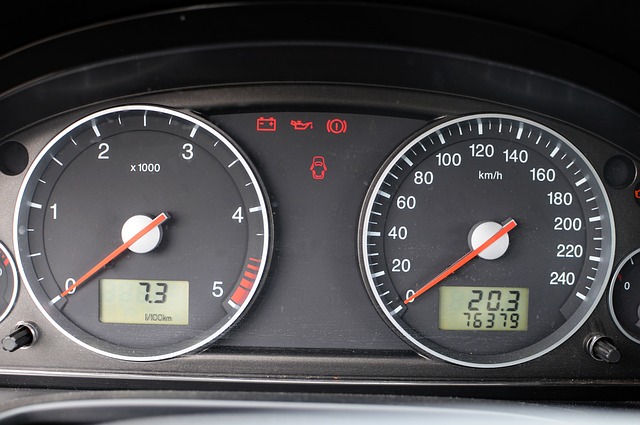
In these times, unfortunately, you can not trust car dealers, so every time you should decide to check the VIN in KrAZ. Often in advertisements we meet with information that the vehicle we are interested in is definitely accident-free and has never been painted. Of course, this can be easily checked by measuring the thickness of the lacquer with a meter. And although the test will come out correctly, it may turn out that the body component was replaced in its entirety because it was not worth it to paint or fill it.
Checking the VIN in KrAZ
There are many such situations. Also when it comes to turning the meter, which is often practiced in cars imported from abroad. We do not have to be afraid, however, because checking the VIN in KrAZ will allow us to verify this information. On the Internet, we can find a lot of tools that enable us to use this functionality. Therefore, if we want to be sure about the car that interests us, it is worth using them.
Before buying KrAZ, it is worth checking the vehicle history with VIN.
It’s worth deciphering the VIN before you buy the vehicle to make sure you’re actually paying for what you’re buying. Unfortunately, it may turn out that the new equipment adversely affects the vehicle, and frequent visits to the dealership will be necessary. By checking the VIN we are able to determine whether the vehicle has accidentally entered the country illegally. This is unfortunately an increasingly frequent problem.
VIN number what is it?
The VIN, or Vehicle Indentification Number, is a unique vehicle identification number that contains numerous and important pieces of information about a car. The VIN contains information such as country of manufacture, model year, drive type, engine version, equipment options, among others.
VIN numbers were first used in 1954 in the United States. At that time, car manufacturers such as KrAZ were already marking their cars in this way. Marking of this type began to be used by manufacturers in Europe. However, the first numbers looked very different. It was not until the 1980s (in 1981 to be precise) that the world’s manufacturers, together with the US manufacturers, finally agreed on this issue.
In 1981, the National Highway Traffic Safety Administration in the United States standardised the format. Cars sold should contain a 17-character VIN that does not contain the letters I (I), O (o) or P (q) (to avoid confusion with the numbers 1 and 0).
A common standard has therefore been developed to facilitate the work of the police, insurance companies and used car dealers. From now on, the VIN of each car has 17 characters – letters and numbers.


 EN
EN  PL
PL  RU
RU  DE
DE  HU
HU  EE
EE  LV
LV  RO
RO  SI
SI  CZ
CZ  LT
LT 